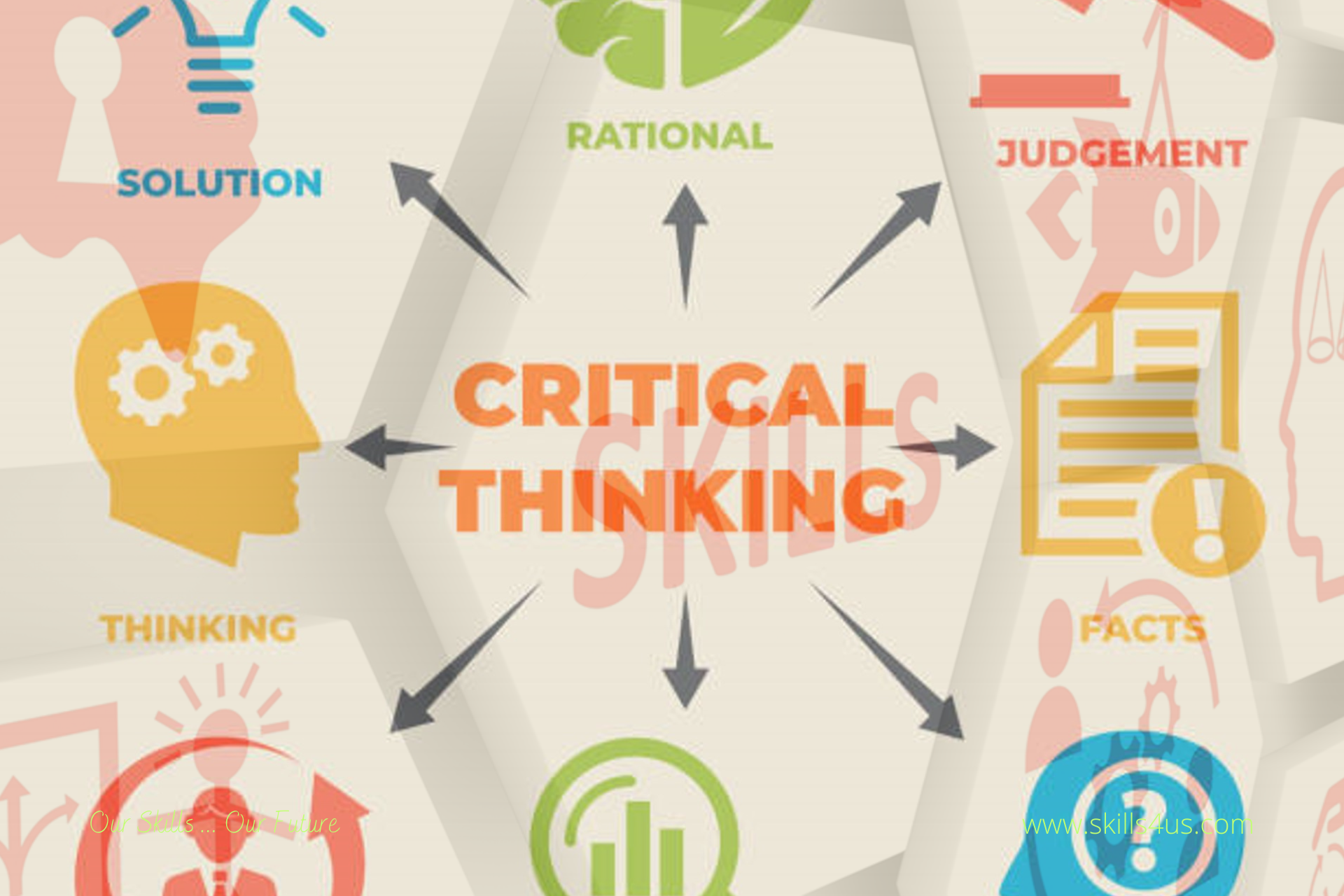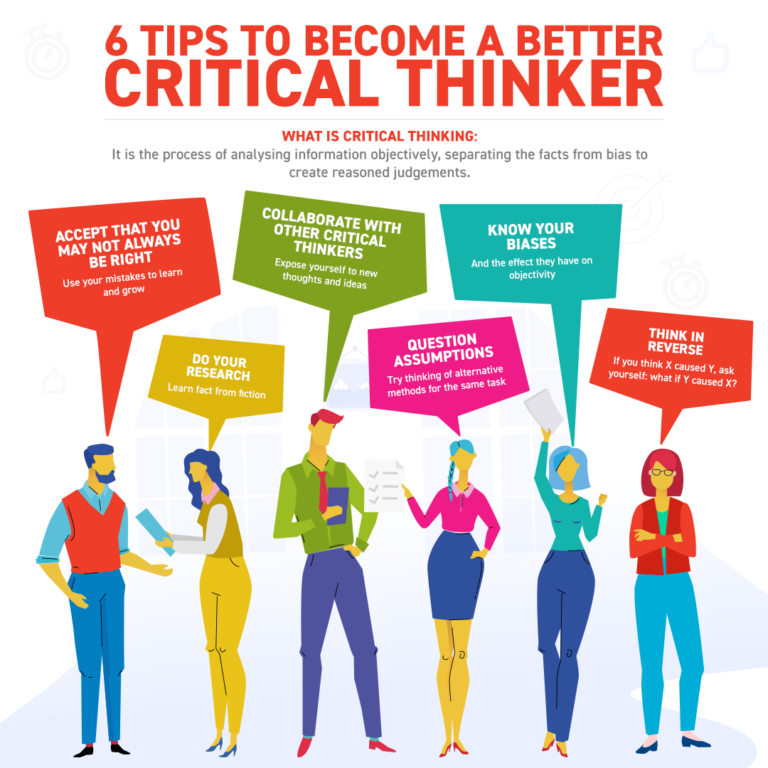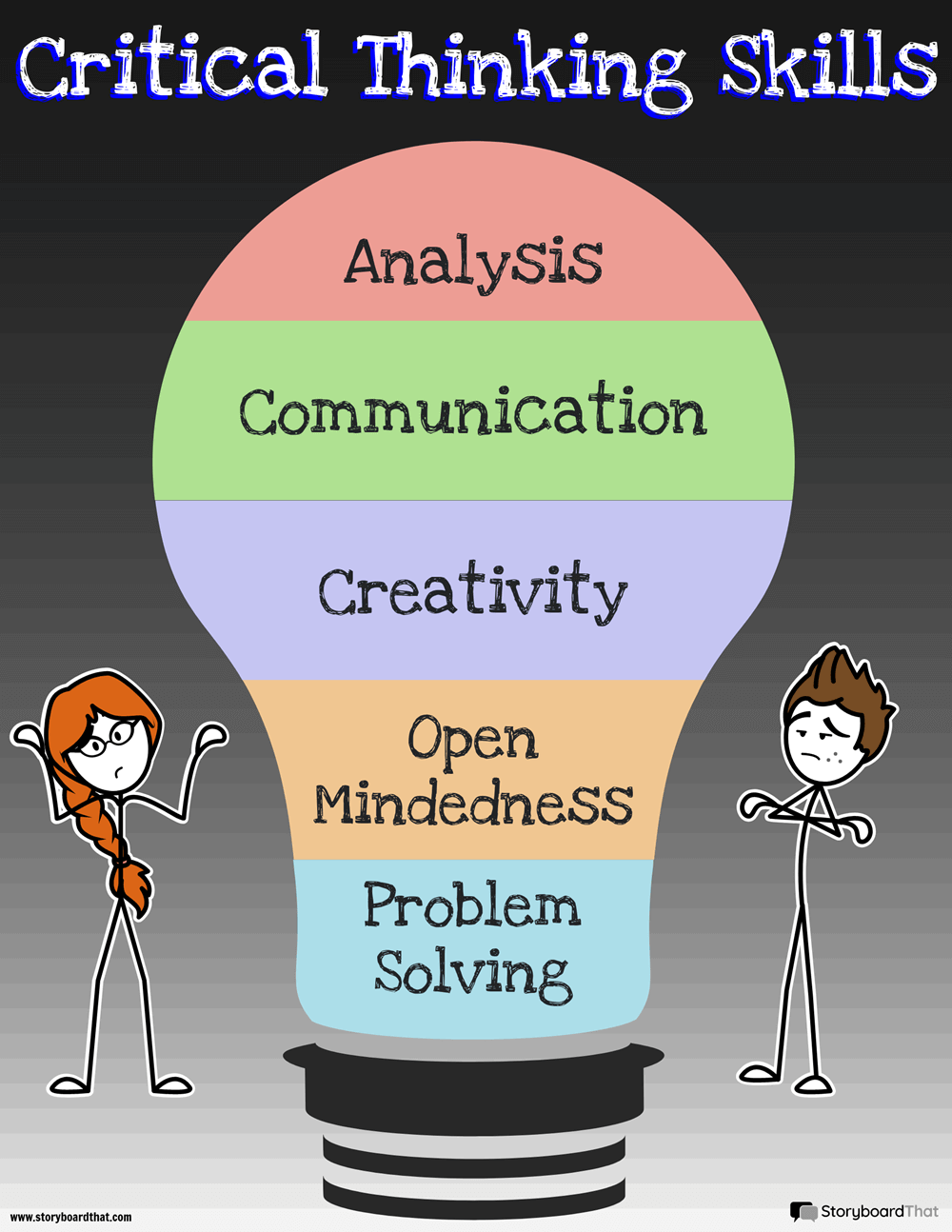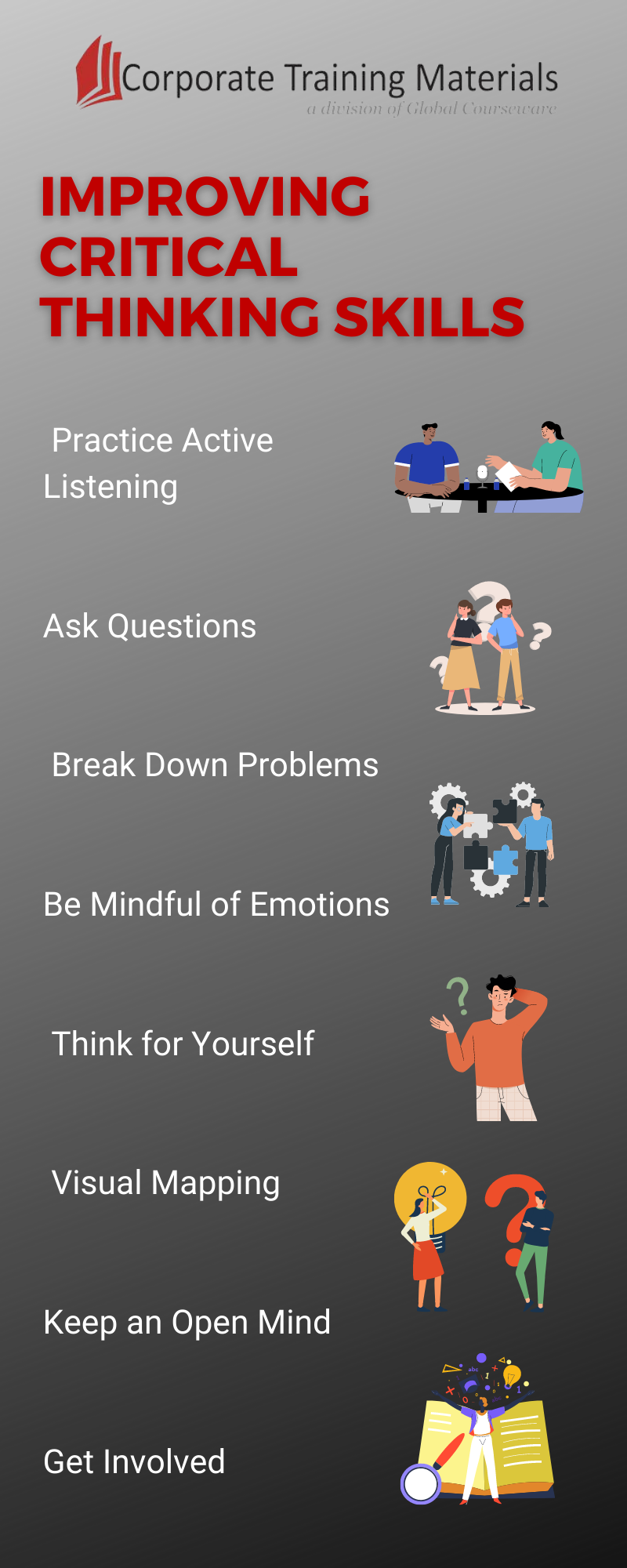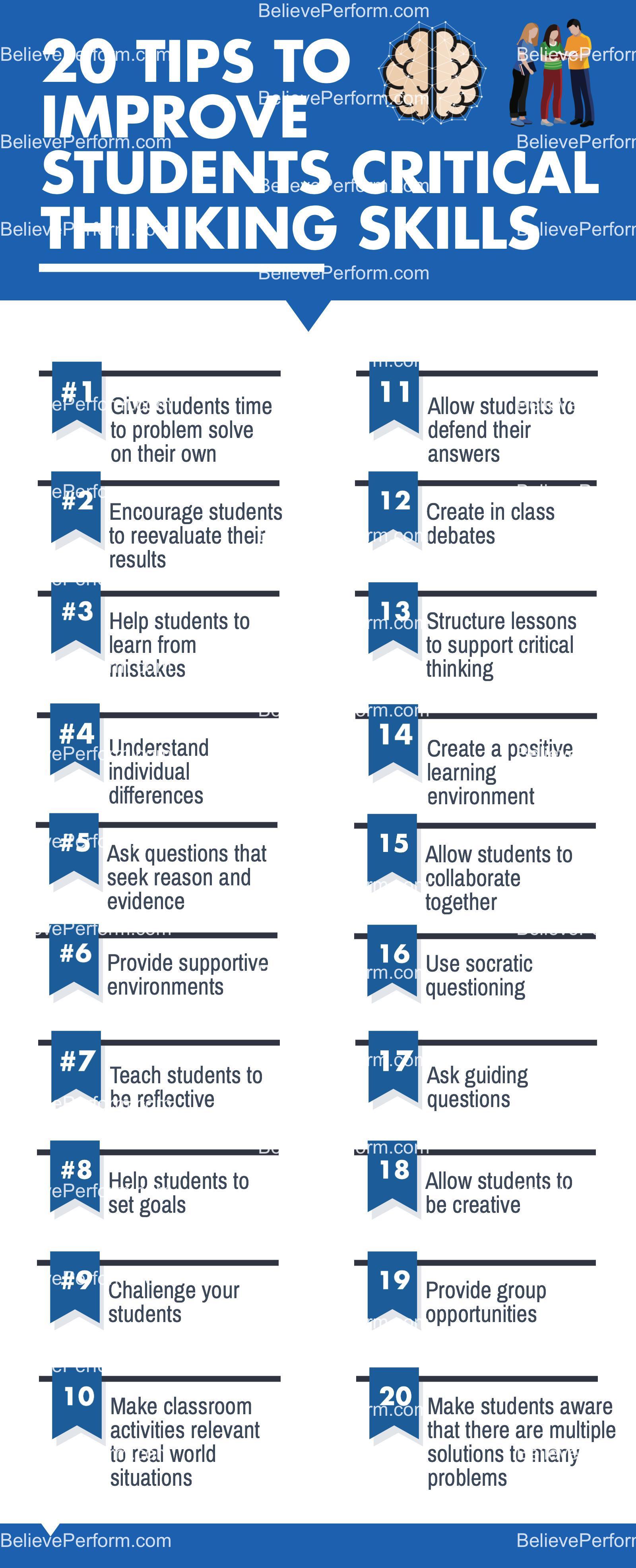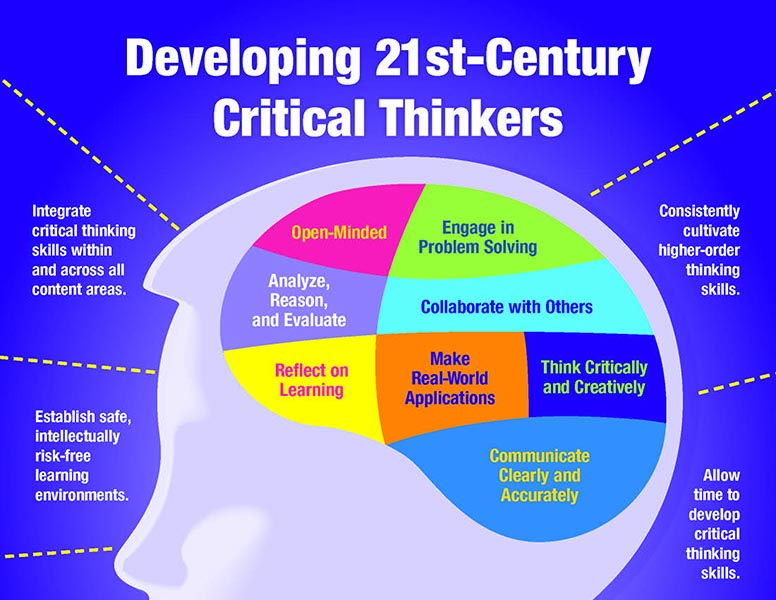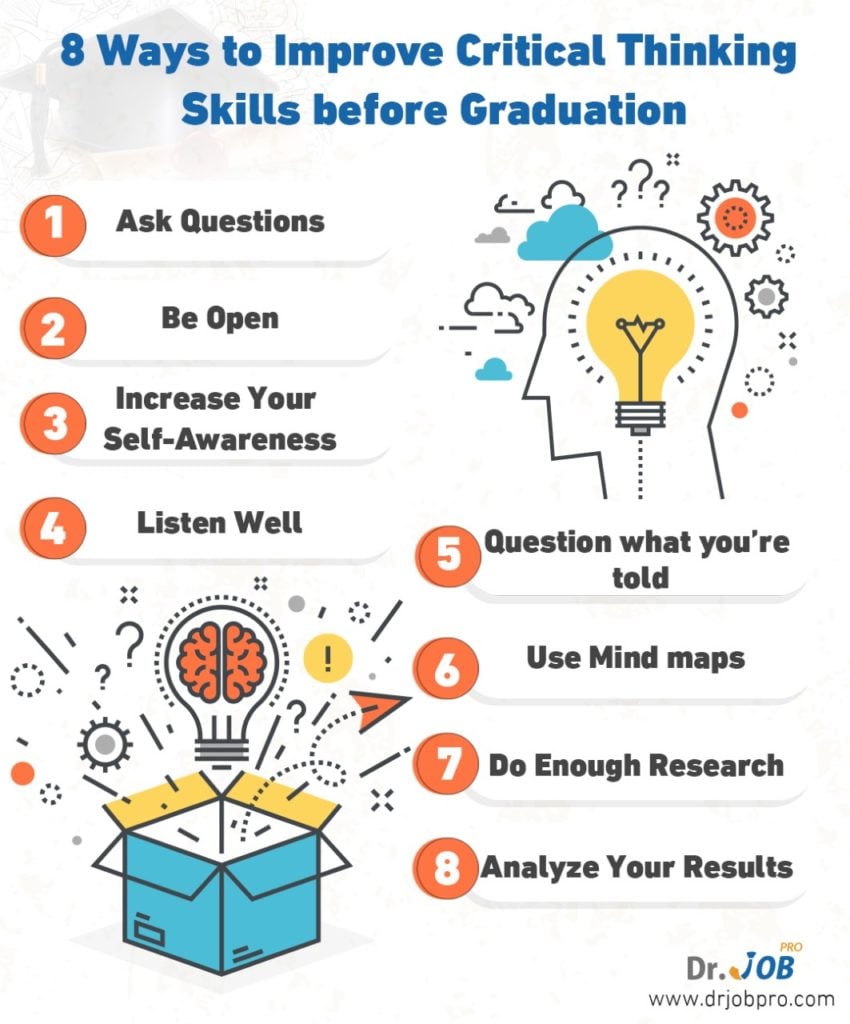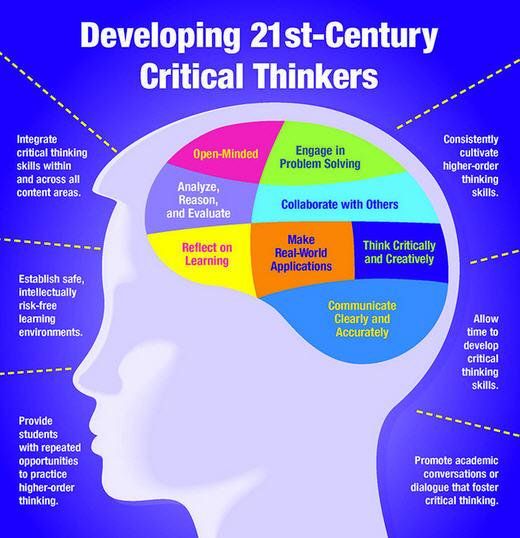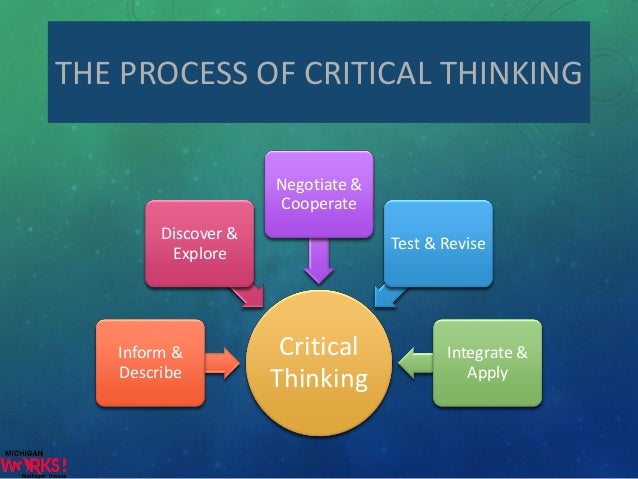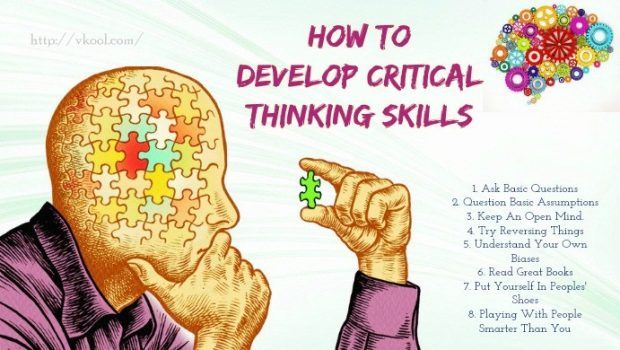Improving Critical Thinking Skills
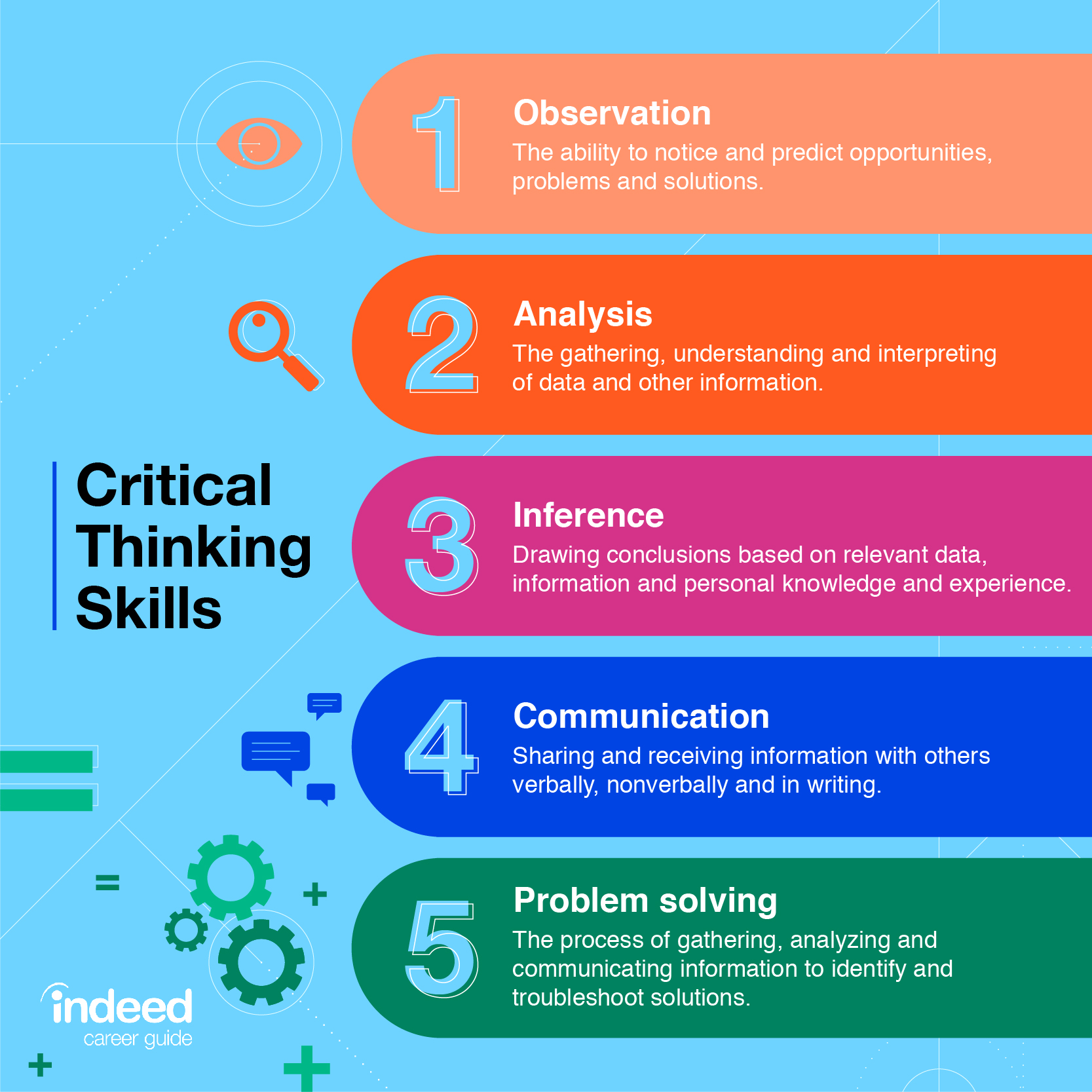
In an era defined by rapid information dissemination and complex societal challenges, the ability to think critically has never been more crucial. Misinformation spreads like wildfire, and sound decision-making requires individuals to discern fact from fiction and analyze information objectively. A growing consensus among educators, employers, and policymakers highlights the urgent need to enhance critical thinking skills across all age groups and professions.
At its core, critical thinking involves analyzing information objectively and forming a reasoned judgment. This article examines the current state of critical thinking education, the barriers to improvement, and strategies being implemented to cultivate this essential skill. We'll explore perspectives from educators, researchers, and employers, providing a comprehensive overview of the challenges and opportunities in fostering critical thinking in the 21st century.
The Current Landscape of Critical Thinking Education
Numerous studies indicate a concerning gap in critical thinking abilities among students graduating from educational institutions. A report by the Association of American Colleges and Universities (AAC&U) revealed that many college graduates lack proficiency in critical thinking skills such as analysis, evaluation, and problem-solving. This deficiency translates into challenges in the workplace and difficulties navigating complex societal issues.
Traditional teaching methods, often reliant on rote memorization and passive learning, contribute to this problem. These approaches do not sufficiently encourage students to question assumptions, evaluate evidence, and develop their own reasoned arguments. Many educational institutions are now actively seeking to integrate critical thinking into their curricula.
Barriers to Improvement
Several obstacles impede the widespread adoption of effective critical thinking instruction. One significant barrier is the lack of standardized assessment tools. Measuring critical thinking abilities is complex, making it difficult to track progress and evaluate the effectiveness of different teaching methods.
Another challenge lies in the need for teacher training. Educators themselves require professional development to understand and effectively teach critical thinking skills. Without adequate training, instructors may struggle to implement innovative teaching strategies and provide targeted feedback to students.
Furthermore, resource constraints can hinder efforts to improve critical thinking education. Implementing active learning strategies, such as debates, simulations, and case studies, often requires additional resources, including funding for training materials and technology.
Strategies for Cultivating Critical Thinking
Despite these challenges, various strategies have proven effective in fostering critical thinking skills. Active learning techniques, such as problem-based learning and collaborative projects, encourage students to actively engage with course material and develop their own solutions.
Dr. Linda Elder, President of the Foundation for Critical Thinking, emphasizes the importance of teaching students to identify and challenge their own assumptions. "Critical thinking involves questioning the way you think," she states. "It requires recognizing your biases and actively seeking alternative perspectives."
Integrating critical thinking into various subject areas, rather than treating it as a separate skill, can also enhance its effectiveness. By applying critical thinking principles across disciplines, students learn to analyze information and solve problems in diverse contexts. Some institutions are also partnering with businesses to develop real-world case studies that engage students and develop practical skills.
"Employers are increasingly seeking candidates with strong critical thinking skills," says John Smith, CEO of a Fortune 500 company. "We need employees who can analyze data, identify trends, and make informed decisions."
Technology can also play a crucial role in enhancing critical thinking. Online simulations, interactive tutorials, and data analysis tools provide students with opportunities to practice their skills in a dynamic and engaging environment. However, technology should be used thoughtfully and strategically, not as a replacement for meaningful interaction and critical reflection.
Looking Ahead
The future of critical thinking education hinges on continued collaboration between educators, researchers, and policymakers. Developing standardized assessment tools, investing in teacher training, and integrating critical thinking across the curriculum are crucial steps toward improving outcomes. Creating a culture of inquiry and intellectual curiosity is paramount.
As information overload and misinformation become increasingly prevalent, the ability to think critically will only grow in importance. By prioritizing critical thinking education, we can empower individuals to navigate complex challenges, make informed decisions, and contribute meaningfully to society. The cultivation of critical thinking is not merely an academic pursuit; it is an investment in a more informed, engaged, and resilient future.
